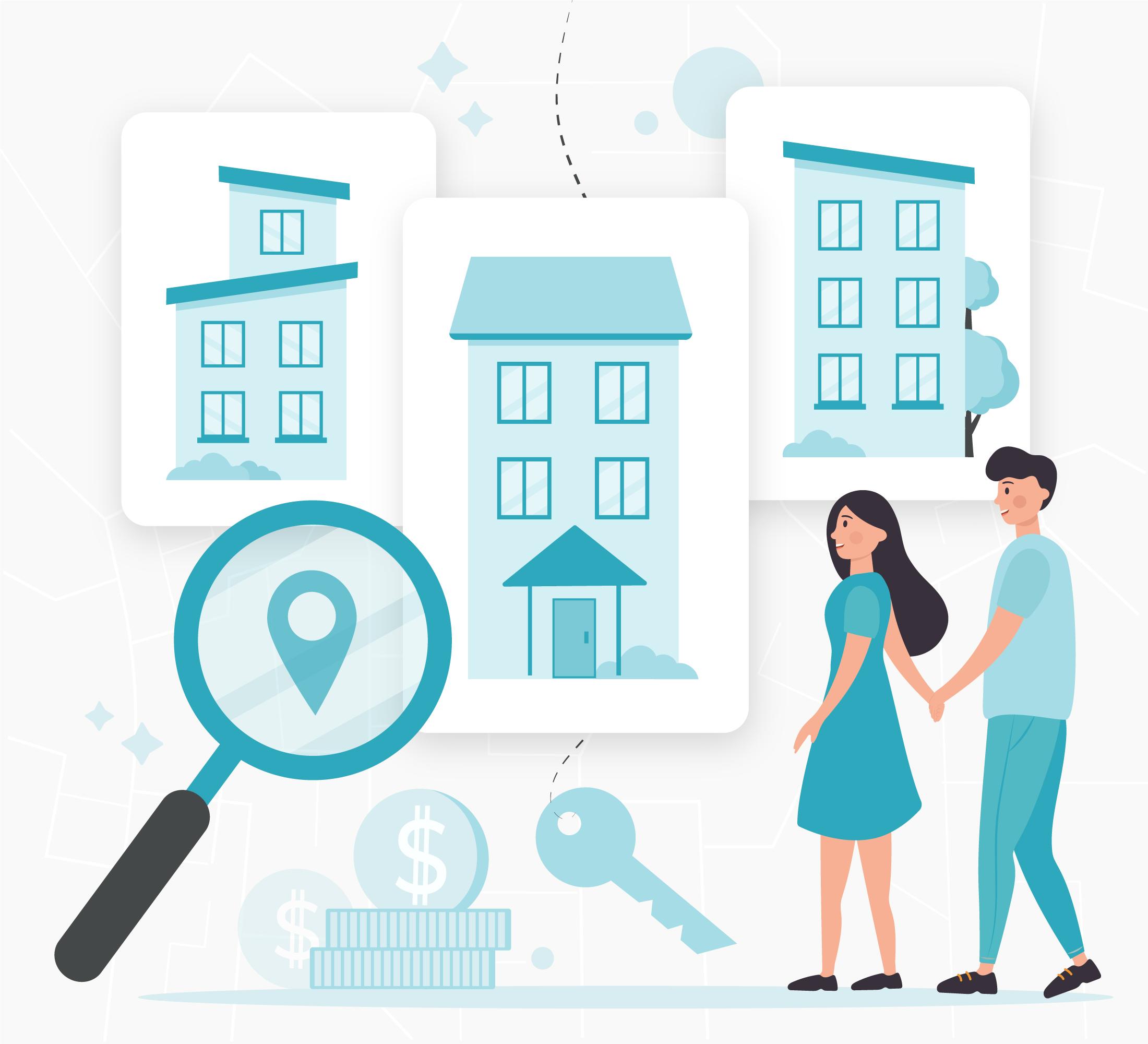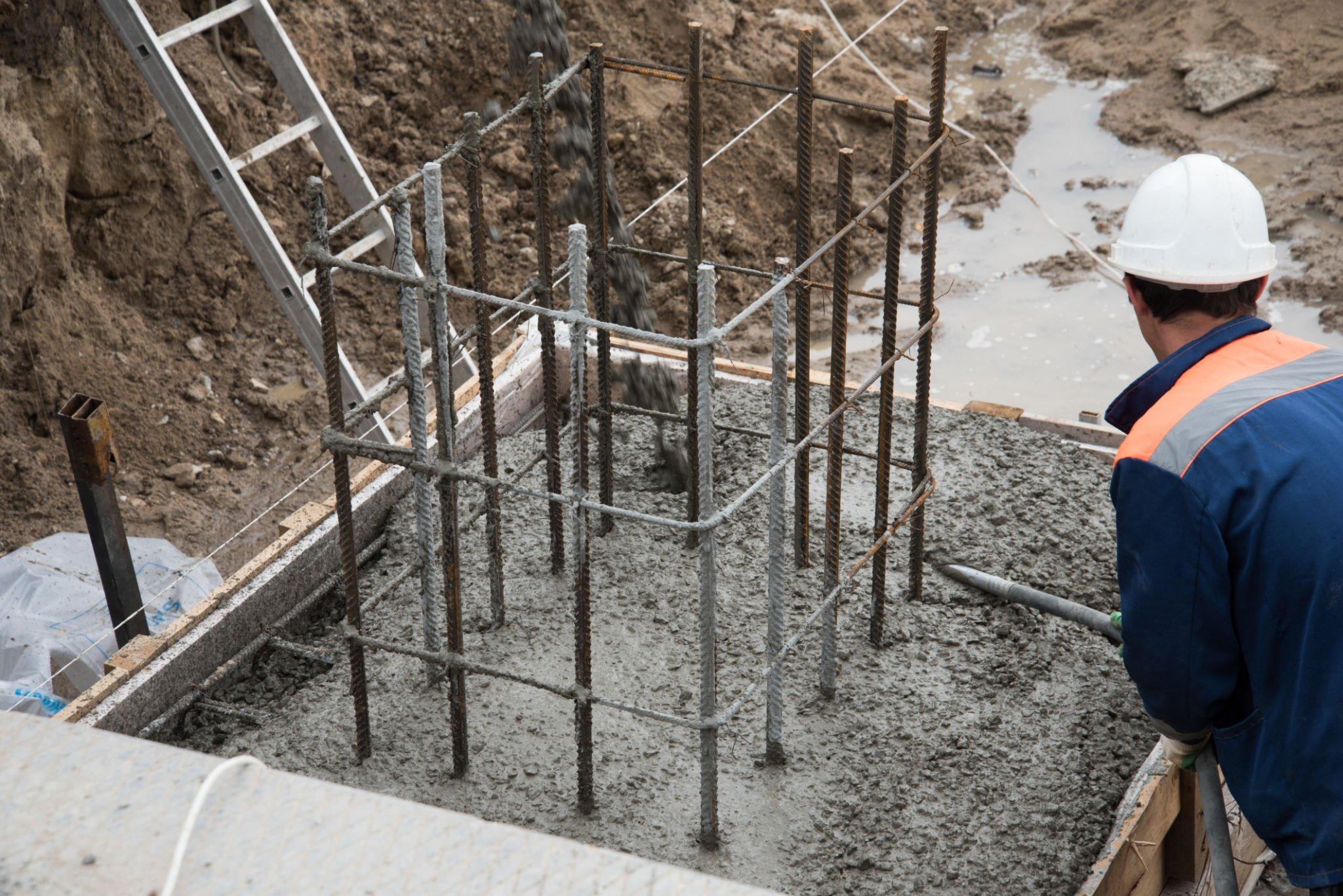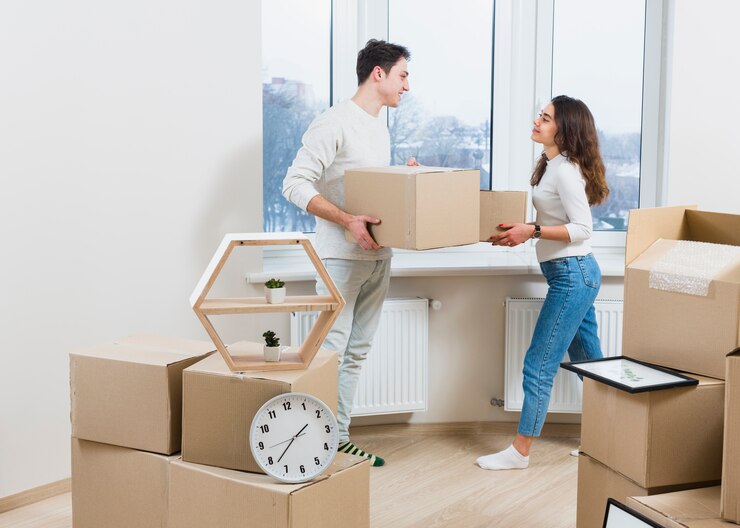Top Tips for a Successful Rental Inspection in Colorado

Moving to a new rental property can be an exciting, yet stressful time. You want to make sure the property is clean, undamaged, and working properly before moving in. This is where a thorough rental inspection comes in.
A rental inspection allows you to document the current condition of the entire property. That way, you and the landlord/property manager agree on what is already damaged or needs repairs. This protects your security deposit in the future.
But what if you’ve never done a rental inspection before? Don’t worry, I’ve got you covered. Here are my top 13 tips for a successful rental inspection in Colorado.
1. Schedule the Inspection in Advance
Contact the landlord/property manager to schedule an inspection date and time. I recommend doing this before signing the lease if possible.
You’ll want to set aside at least an hour for a full inspection. Make sure both you and the landlord/property manager can attend.
Having a set inspection date in writing ensures you can fully document the unit’s condition at the start of your lease.
2. Take Your Time and Be Thorough
Don’t feel rushed during the inspection. You want to thoroughly inspect everything – inside cabinets, behind furniture, under sinks, etc.
Focus on one room at a time and go over every inch carefully. Look at the walls, floors, windows, and ceiling in each room.
Thoroughly checking each area allows you to find any potential issues. Don’t be afraid to look closely and open/turn things on during the inspection.
3. Make Sure All Areas Are Accessible
When scheduling, ask the landlord/property manager to ensure all areas are accessible. This includes:
- Unlocking all doors and closets
- Providing keys for any storage units/sheds
- Clearing furniture away from walls/windows
- Removing any stored items blocking access
You need to be able to fully inspect each room, storage area, and the exterior. Kindly request that all areas are open and available during your walk-through.
4. Bring Tools and Supplies for Inspecting
Come prepared with all the tools and supplies you need for a thorough inspection:
- Camera – Take clear photos documenting any existing damage/issues
- Tape measure – Check room sizes and document dimensions
- Outlets tester – Verify outlets are wired correctly
- Flashlight – Use to look closely at floors, corners, closets etc.
- Ladder – Inspect ceilings and high walls up close
- Magnifying glass – Helpful for very close inspections of walls, floors, etc.
- Paper and pen – Note any issues you find in each area
Having the right inspection tools makes it much easier to do a complete walk-through. Bring anything that will help you fully assess the property’s current condition.
5. Start with the Interior
It’s smart to start inside the rental unit before heading outdoors. Walk through each room checking flooring, walls, windows, and fixtures. Make notes and take photos of any damages or problems.
Look for:
- Scuffs, stains, holes, or scratches on walls and flooring
- Cracks, chips, or water damage on tile/grout
- Evidence of leaks around windows and doors
- Broken fixtures, torn screens, etc.
- Proper functioning of all appliances
- Adequate water flow and drainage in bathroom/kitchen
Be very detailed in your interior inspection before moving outside.
6. Inspect the Exterior
A full exterior inspection is also essential for your rental inspection:
- Walk the outer walls and look for holes, cracks, rotted wood, or worn paint
- Note if there are signs of water damage or leaks
- Check that windows/screens are intact
- Test all exterior doors – ensure they shut, lock properly, and seal
- Inspect the roof, gutters, chimney, and foundation for any concerns
- Check porches, decks, and railings for damage and stability
- Document condition of garages, sheds, and any outdoor structures
- Test exterior lighting and outlets
Look over the entire exterior and document any repairs needed. Discuss who will handle any outdoor maintenance issues.
7. Run All Appliances
Don’t forget to test all provided appliances during your inspection. This includes:
- Turning on the stove/oven to check burners, oven lights, knobs, etc.
- Running the dishwasher through a full cycle
- Washing and drying test loads in the washer/dryer
- Checking the microwave turntable rotates properly
- Inspecting the refrigerator seals, light, shelves, etc.
- Ensuring all bathroom fans/exhaust vents are working
Running each appliance allows you to document that it’s in proper operating condition when you move in.
8. Operate Plumbing and Electric
It’s also important to test all plumbing and electrical features:
For plumbing:
- Turn sinks on hot and cold to check water pressure
- Flush toilets to ensure proper function
- Drain tubs and showers to test for clogs or slow drainage
- Look under sinks for signs of leaks
For electrical:
- Test all light switches and outlets in each room
- Check for outlets that are loose, damaged, or improperly wired
- Inspect all light fixtures, exhaust fans, and doorbells
- Look for any exposed wires or faulty circuits
Making sure all plumbing and electrical is working prevents issues after move-in.
9. Ask Questions
As you inspection each area, ask the landlord/property manager questions. Especially point out any existing damage or necessary repairs you find.
Key questions to ask:
- Are there any known maintenance issues you’re aware of?
- What is the process for requesting future repairs?
- How quickly are repair requests handled?
- Who shovels snow and maintains the yard/grounds?
- What are your policies on nail holes, mounting TVs, etc?
Discussing questions openly builds a positive relationship with the owner. Address concerns before signing the lease.
10. Review Your Findings Together
Once you’ve inspected inside and out, walk through the rental again with the landlord/property manager. Review any issues or damages found room-by-room.
Provide them copies of your notes/photos and get their confirmation on existing problems. Make sure you agree and are on the same page about the current condition.
Before wrapping up, check all requested repairs will be completed by your move-in date. This ensures the unit’s readiness for you.
11. Take Detailed Notes
Thoroughly documenting your inspection findings is critical. During the walk-through, jot down notes on:
- Location and description of any damage (holes, stains, chips, etc.)
- Concerns with flooring condition, walls, ceilings
- Appliances/fixtures not working properly
- Plumbing/electrical issues
- Overall condition of each room, storage areas, and exterior
Compile your handwritten notes into a full inspection report. Add in your photos documenting issues for a complete record. Having this documentation protects you when moving out.
12. Get Everything in Writing
To finalize the inspection, get any repair agreements in writing. Make sure the landlord/property manager confirms via email:
- Exact repairs they will complete before move-in
- Date when all agreed repairs will be done
- Written statement that the rental is in acceptable condition for you to take possession, except for defects noted
A record of their commitments protects you if repairs aren’t done as agreed upon. Only sign the lease once all terms are finalized.
13. Do a Final Walk-Through on Move-In Day
On your move-in day, walk through the rental one final time. Verify that any agreed repairs have been completed properly.
Also check that the property is clean and ready for you to move your belongings in on that day. If repairs are still needed, politely request they get finished before leaving.
One last walk-through ensures everything is in order before getting settled into your new home. You want to start your lease with a property that’s ready for you to enjoy.
By following these tips, your rental inspection will go smoothly. You’ll feel confident signing your lease knowing the property’s condition is well-documented. Having records and agreed repairs in writing sets you up for a positive relationship with your landlord.
With a thorough inspection, you can relax and excitedly move into your new rental home in Colorado! Just remember to be detailed, take your time, and ask questions. Here’s to a successful new rental with a properly inspected property!



